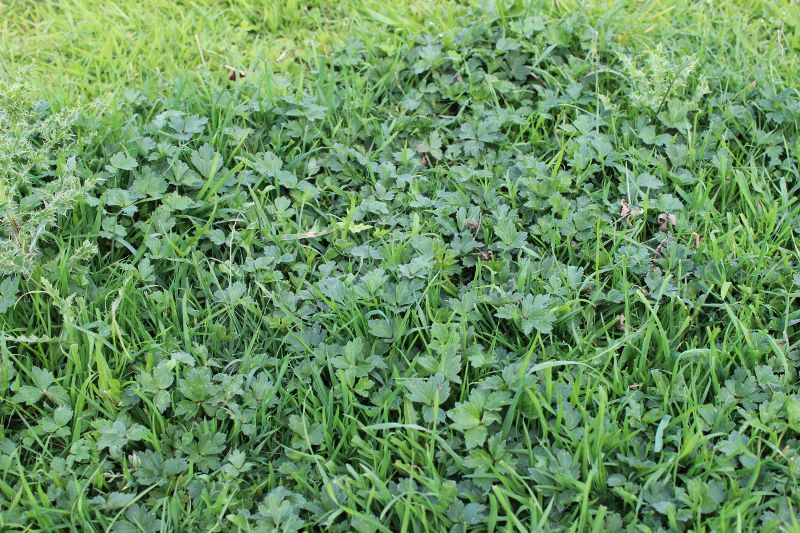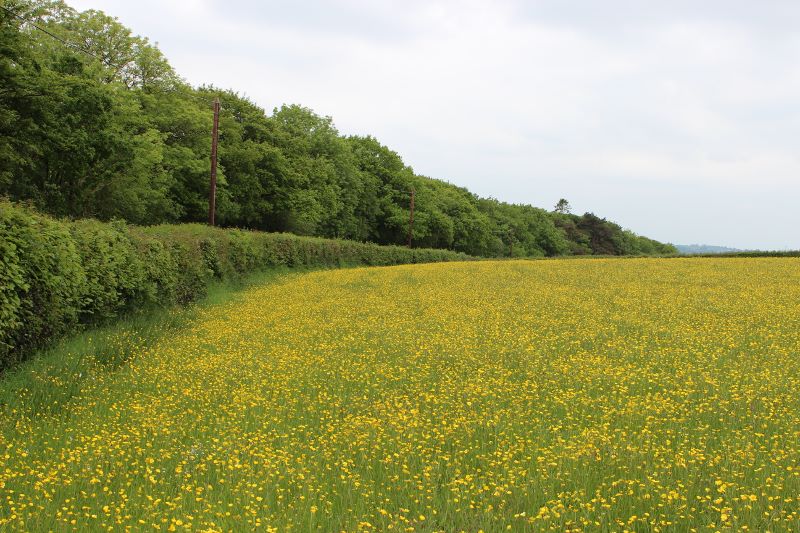
The mild winter and kind spring weather means many soils in the south and west have now reached 5-6°C at 10cm depth. This has triggered both grass and broad-leaved weed growth and the competition for light, space and nutrients is under way.
“As day length increases, every day soil temperatures reach 5°C or more, root and shoot growth starts,” says Andy Bailey, grassland specialist for Dow AgroSciences. “Soil processes also start to kick in as bacteria start to break down organic matter producing nitrogen in plant-available form, which also helps stimulate new growth.
“However, weeds do not start all growing at the same time. Buttercups and dandelions are the first to get going. Bad infestations may need spraying with a translocated herbicide in the next two to three weeks, when rosettes of actively growing, fresh green leaves can be seen,” Mr. Bailey advises.
“Waiting until the field is a carpet of yellow in April is too late and spraying then will be less effective. If docks are also a problem, farmers should not be tempted to spray for both at the same time – when the docks are at the ideal stage for treating, buttercups and dandelions will be too far advanced.

“Broad-spectrum herbicides such as Pastor on silage ground and Forefront T on land grazed by cattle and sheep, are good options for early applications to catch both buttercups and dandelions.”
Ragwort will be the next weed to start growing, followed by docks and thistles.
“In the South West, docks are just bursting into life, with new leaves springing out of the centre of established plants and seedling docks pushing up through the sward. But it is likely to be another month before they are ready for spraying – by then they should be at the rosette stage and at least 25cm across or high.”
